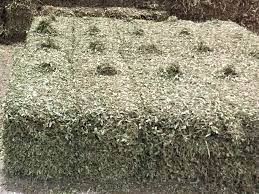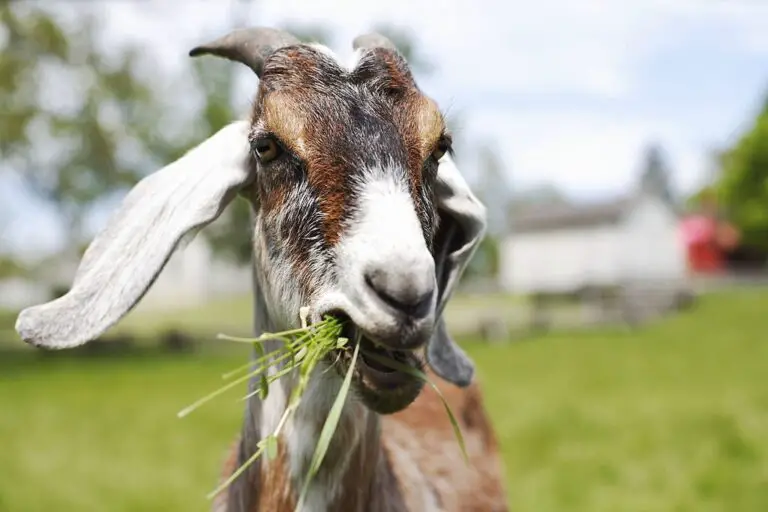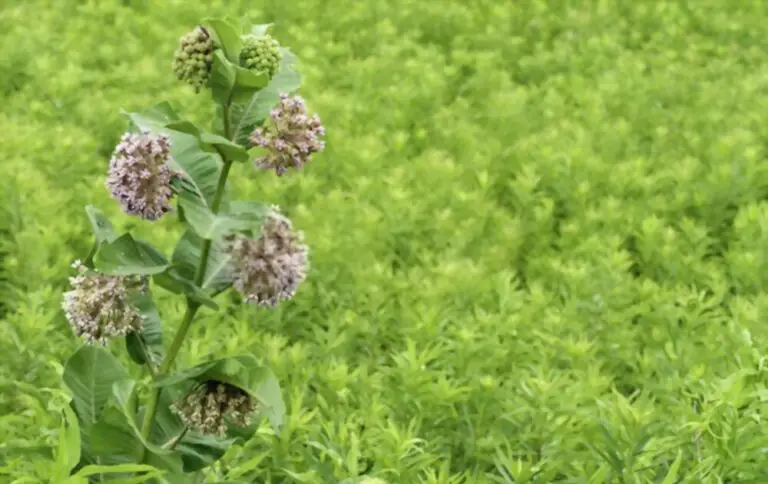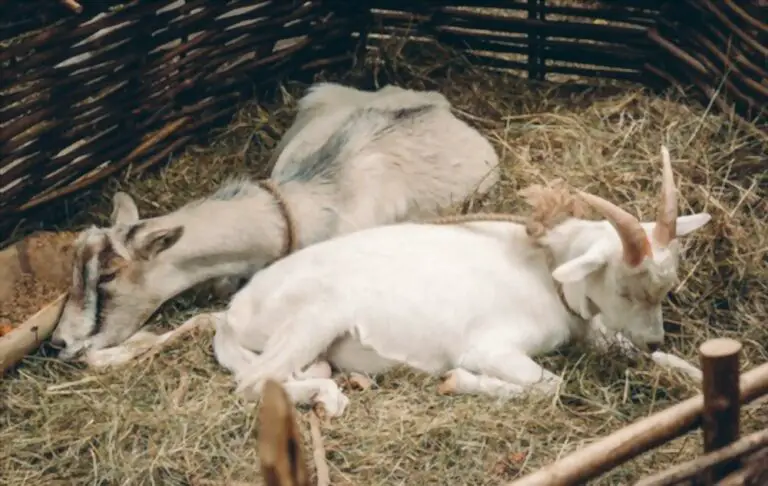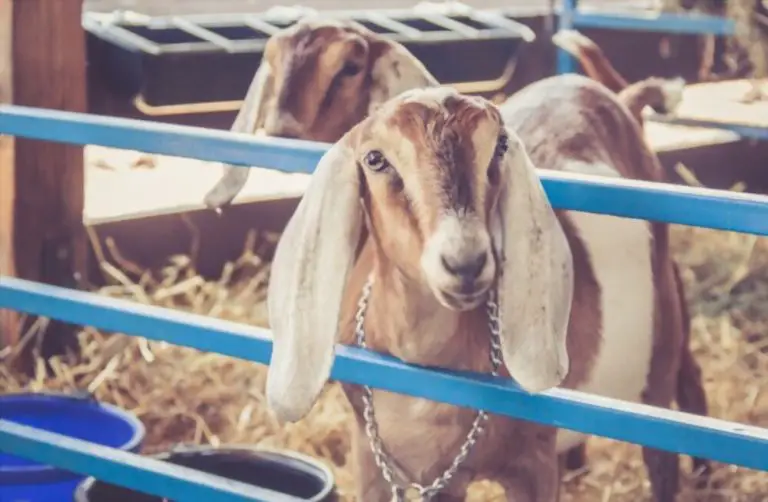We probably have seen or even owned Nigerian dwarf goats with horns, and we keep wondering why goats will have horns.
Most times, we get scared of such goats. But are they harmful? When do Nigerian dwarf goats get horns? Can Nigerian dwarfs’ goats be dehorned and be like normal goats?
The answer to this and many more bothering questions will be treated in this article. I will advise you to calm down and review the information carefully to avoid missing anything.
What are Nigerian Dwarfs Goats?
The Nigerian Dwarf Goats are small dairy goats with short hairs in various colors and patterns. The male and female of this breed can be born with or without horns. Their life expectancy is between 8 to 12 years.
The interesting thing about this goat breed is that the doe mostly gives birth to 3 or 4 kids at a time. As early as seven months, the doe kid can start reproducing. Their gestation period is usually between 145 to 153 days.
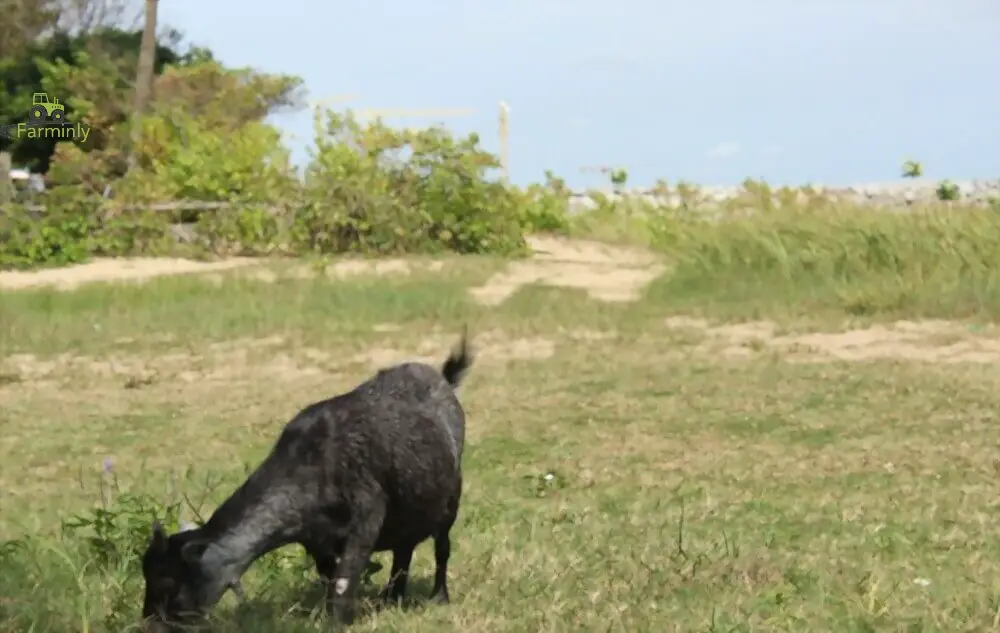
Do All Nigeria Dwarfs Goats Have Horns?
Yes, most Nigerian dwarf goats are born with the ability to grow horns. Some are born with already sprouted-out horns, while some with horn buds.
When kids are born, the ones with horn buds develop horns within a few weeks. The horns continue to appear apparent until disbudded. Only a few, about 5%, may escape not having horns or horns buds.
Horns can naturally be beautiful most times. That’s on a lighter note, though. However, these horns can be dangerous to humans and animals at times.
The goats are not exempted; they can get stuck to a fence or something with their horns and injure themselves.
When Do Nigerian Dwarf Goats Get Horns?
There is no specific time of life when dwarf goats get horns. As stated earlier, some come with it straight from birth.
While in others, it sprouts up when they are a week, two, or three weeks old.

How to Disbud Nigerian Dwarf Goat Horns
Without repeating words, goats can be disbudded with hot irons or with a disbudding tool. A proper disbudding tool should have a tip of ¾ to 1 diameter.
You can use a pipe heated with a blowhorn to burn the horn buds. But the electric disbudding irons are more convenient to use. You can also use a disbudding box to hold your kids during disbudding.
It keeps your baby goats immobilized and lets you put your attention where it needs to be. It also allows you to apply a hot iron to the proper place on the kid’s head.
For budding to be active, it must be done when the kids are a few days old, especially from 4 to 10 days. Because the kid is strong at this age, the skull is thicker, and they are less likely to be accidentally affected.
Before disbudding your kids, ensure they are vaccinated for tetanus after the first disbudding. Ensure you check the kids every 2 to 3 months for scur growth.
If you find even a tiny bit of horn, heat the iron again and burn the horn areas. If not removed, this small scur may become a significant problem by the time the kids grow up. Because when they are adults, it will be challenging to eliminate the horns.
Also, you can use disbudding pastes or caustic sticks to disbud the horns on the goats. Although, these disbudding pastes and caustic sticks can be dangerous at times. The substances can run off into the goat’s eye or get rubbed off on another goat.
If you must use it, it must be done with absolute care. To use it, you must restrain the kids for a half-hour or longer before applying it. You can hold the kids in your arms or place them in a kid-holding box to restrain their movement.
Can you dehorn a mature goat?
Yes, you can, but it can be very dangerous. The goats may die or be given a permanent scar. The fact is that when a goat is mature, its skull has now become static and too strong.
It will be very hard for the horn to be disbudded because it has become like a rock on the skull. To forcefully remove it is to usher your goats into pains that can kill them, give them fever, or cause them to be deformed.
I will advise that you shouldn’t touch the horn of your Nigerian dwarf goats if you didn’t disbud them when they were young. Nigerian dwarf goats are delicate animals and must be treated with optimum care.
The horns are not so bad altogether. They can be very beautiful. However, if it must be removed, use the right technique and do it at the right time.

